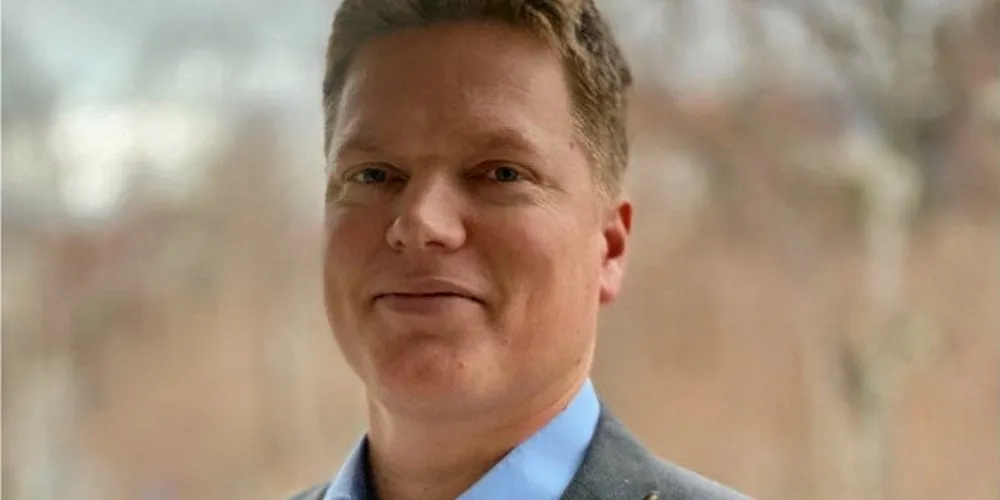'An integral part of offshore wind's future': WFO launches high-power hydrogen bureau
Industry body brings in DNV H2 and CCS lead Magnus Killingland to run committee focusing on Power-to-X value chain, financing, regulation and risks of hydrogen generation from wind-at-sea
